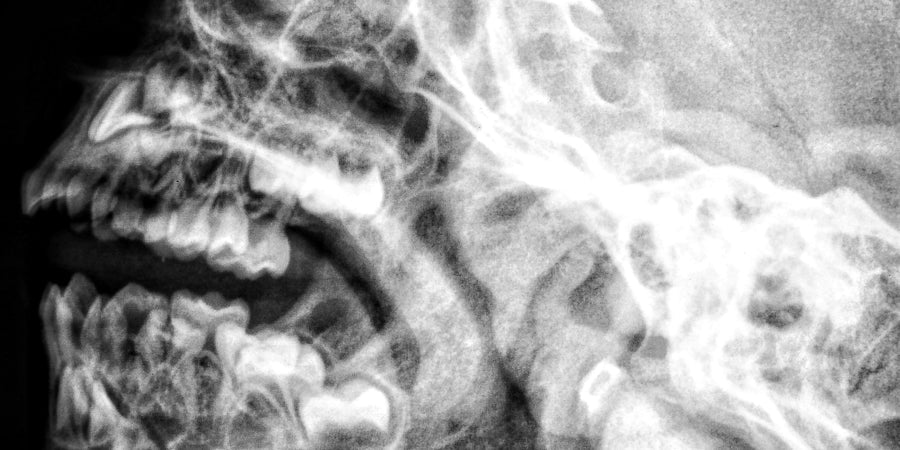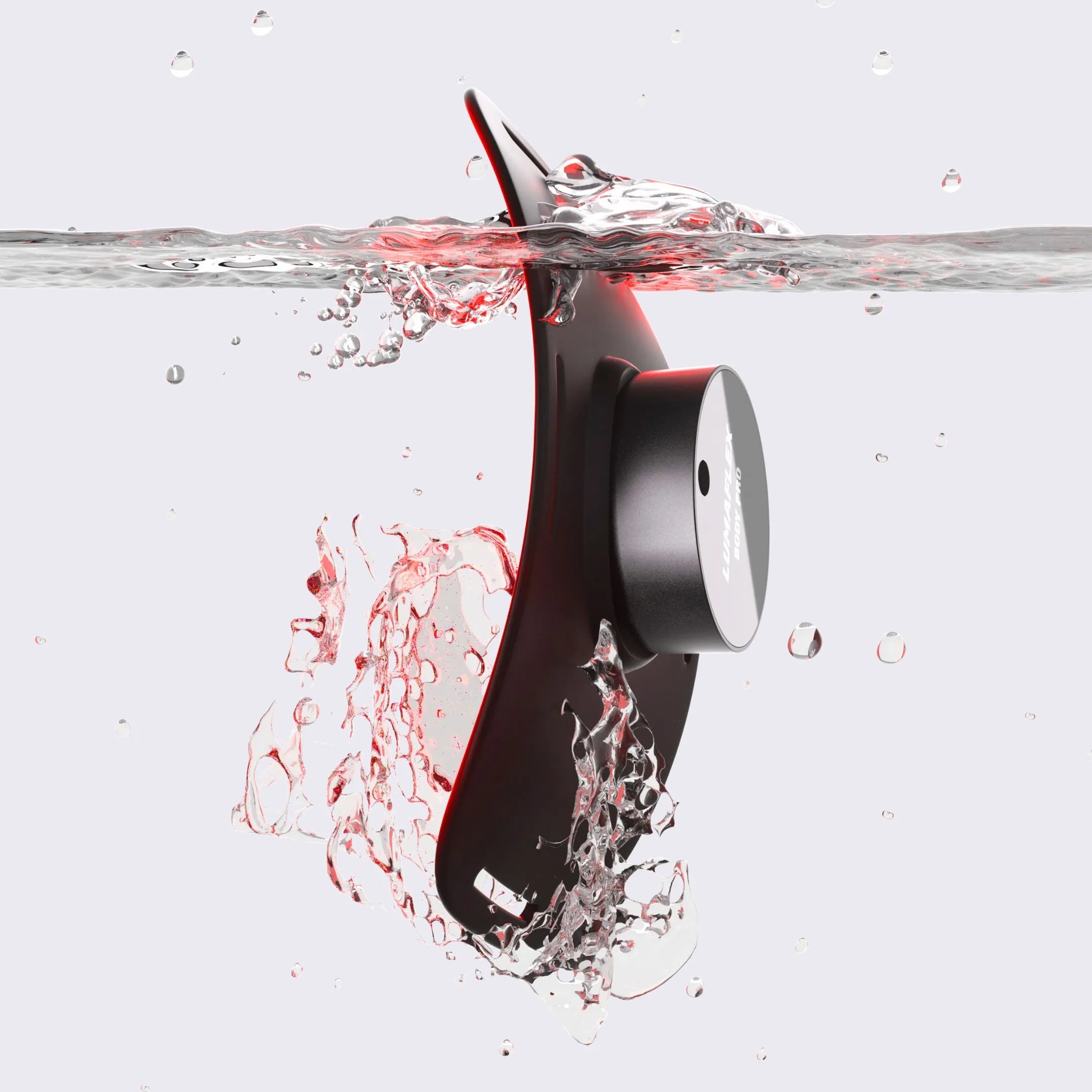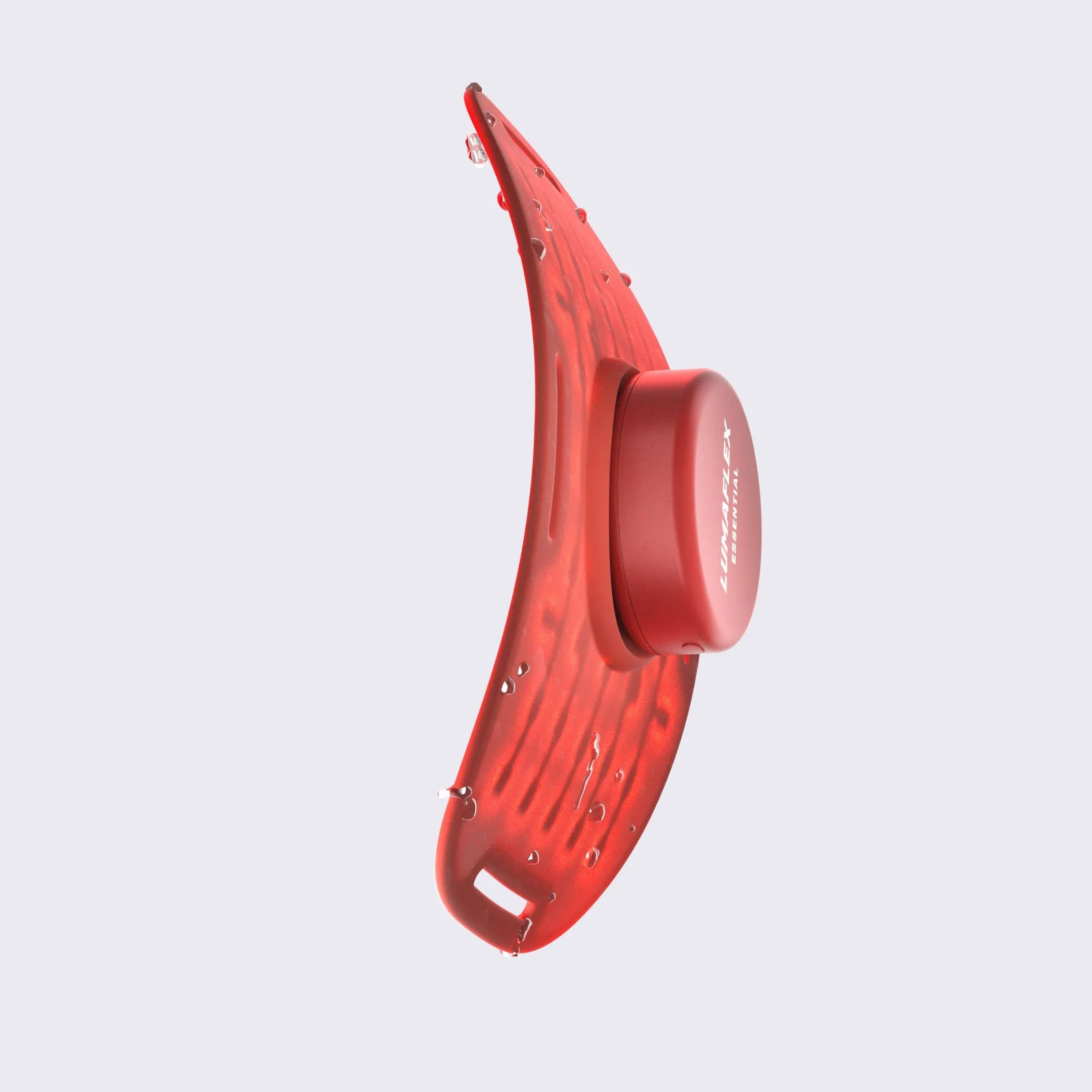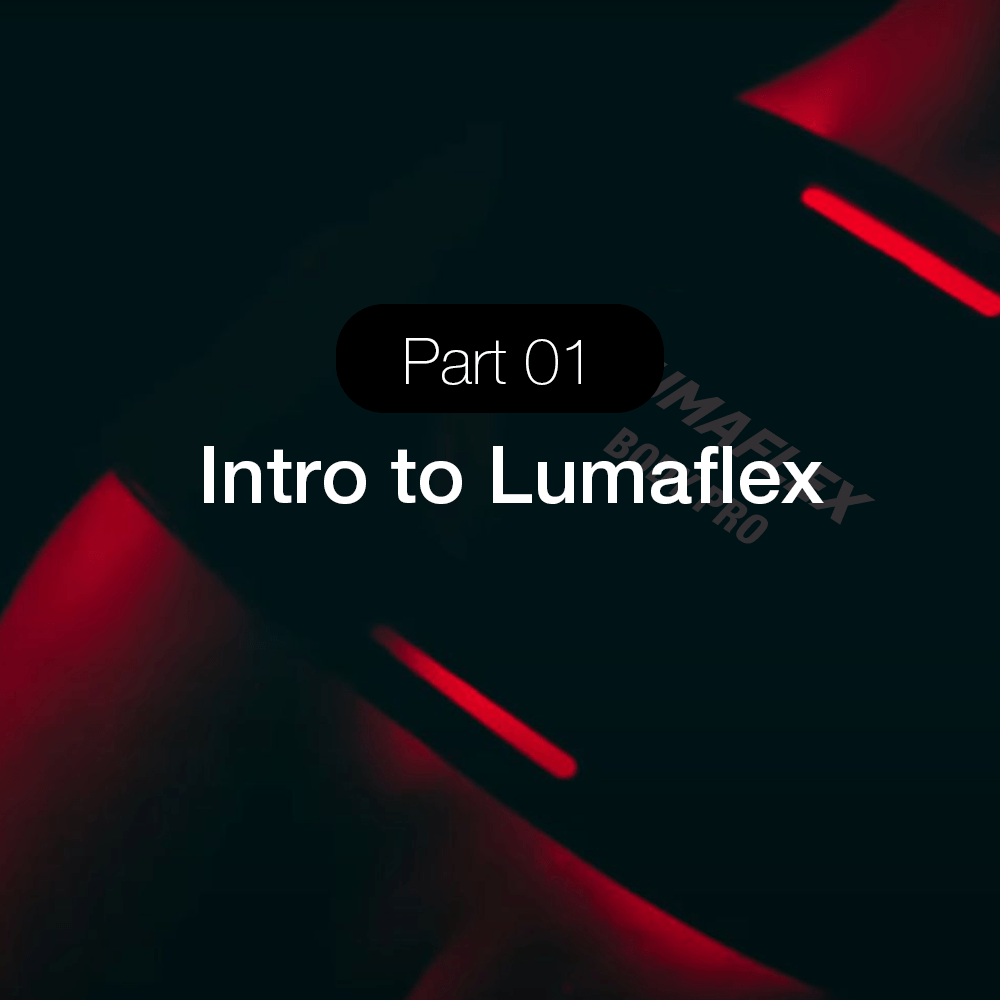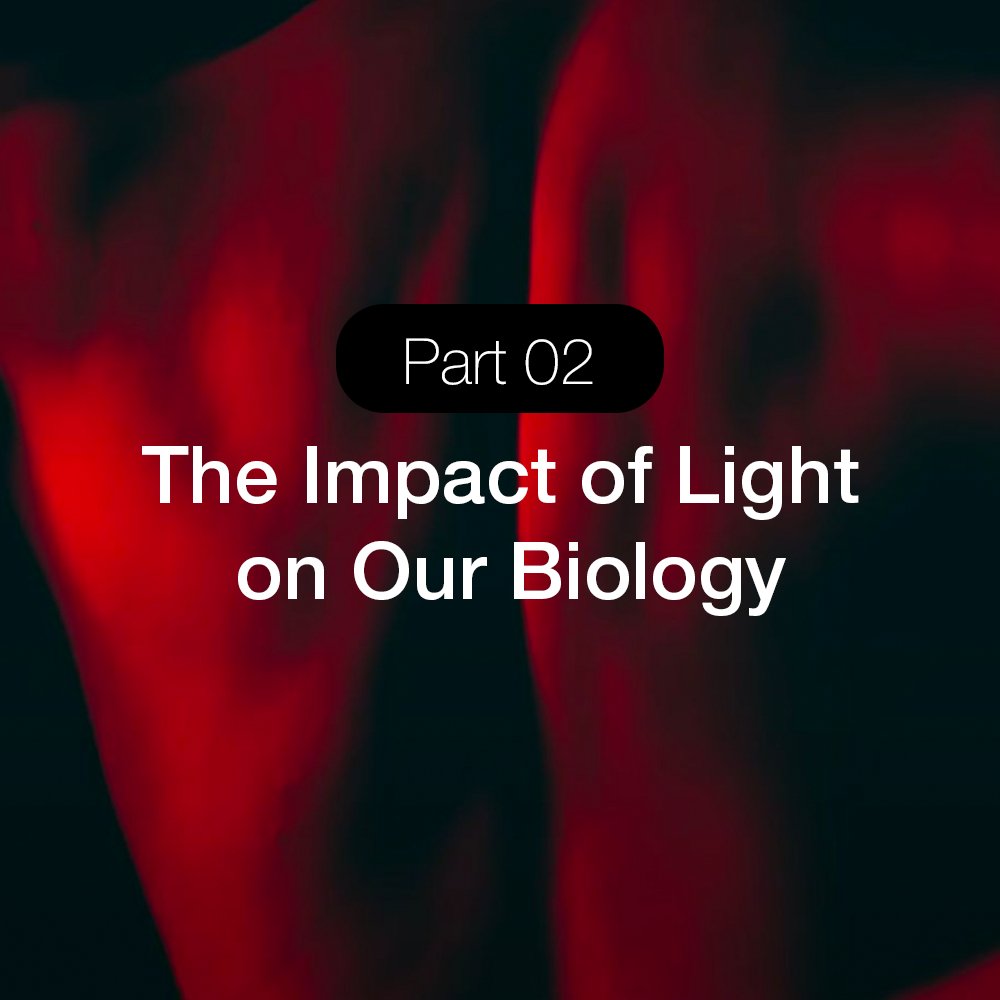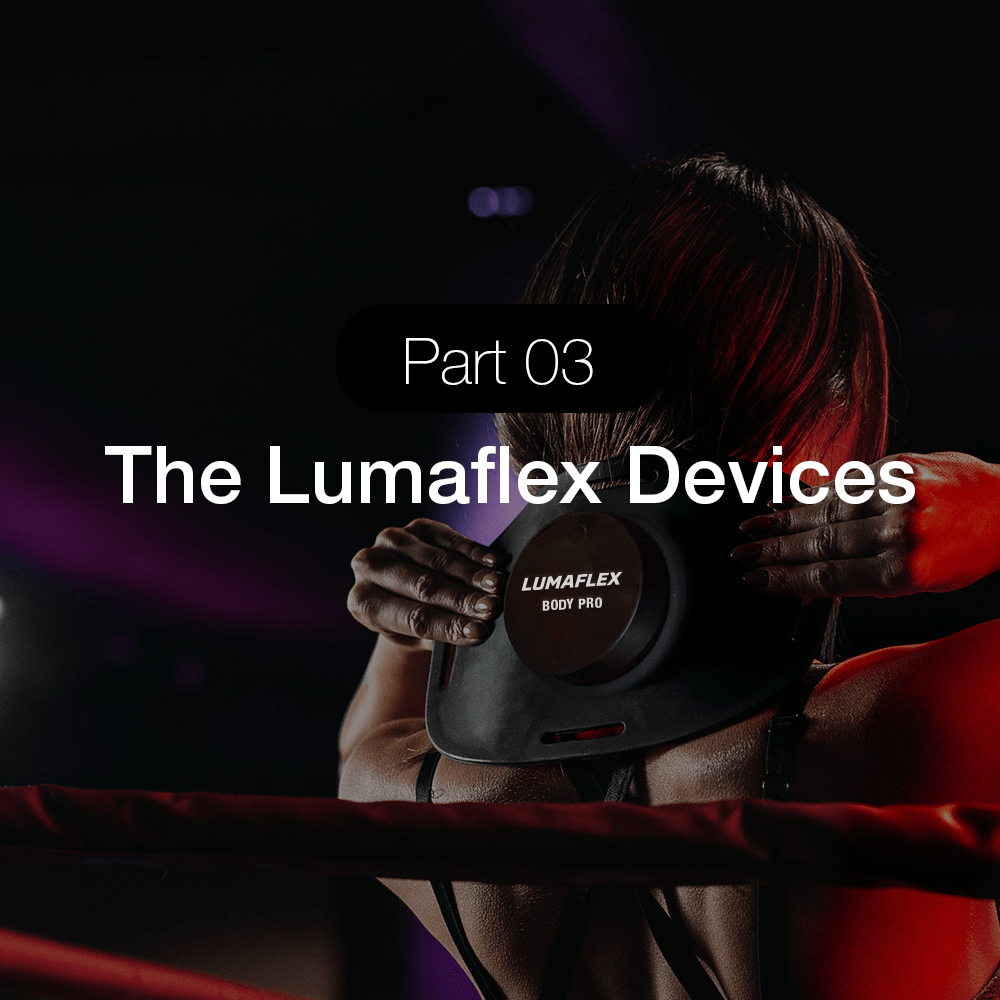Red & Infrared LED Therapy for TMD Pain
Study Overview
- Description: This study aimed to evaluate the effects of red and infrared Light-Emitting Diodes (LEDs) on tissue temperature ex vivo and, more importantly, on pain relief and mandibular range of motion in patients with Temporomandibular Disorder (TMD).
- Source: PubMed
Summary
- Participants: Thirty patients, aged between 18 and 40 years old, with signs and symptoms of TMD, were included and randomly assigned to three groups. There were 8 males and 22 females.
- Intervention: Patients were randomly assigned to one of three groups:
- Red LED Group: Received red LED therapy (630±10 nm).
- Parameters: Average optical power of 150 mW, irradiance of
300mW/cm2, 9 J per point, and fluence of 18J/cm2. - Infrared LED Group: Received infrared LED therapy (850±10 nm).
- Parameters: Average optical power of 150 mW, irradiance of
300mW/cm2, 9 J per point, and fluence of 18J/cm2. - Positive Control Group: Received infrared laser therapy (780 nm).
- Parameters: Average optical power of 70 mW, irradiance of
1.7W/cm2, 4.2 J per point, and fluence of 105J/cm2. - Application: All therapies were applied bilaterally to the face for 60 seconds per point. Five points were irradiated: three around the temporomandibular joint (TMJ), one on the temporalis muscle, and one near the masseter muscle.
- Sessions: Eight sessions of phototherapy were performed, twice a week for 4 weeks.
- Methods: Pain induced by palpating the masseter muscle was measured using a numerical scale (0-3). Mandibular range of motion (maximum oral aperture) was also measured. Measurements were taken at baseline, immediately after treatment, 7 days after treatment, and 30 days after treatment.
- Conclusion: The study found a significant reduction in pain and an increase in maximum oral aperture for all groups (red LED, infrared LED, and infrared laser). There was no significant difference in pain scores or maximum oral aperture between the groups at baseline or any time points after treatment. The study concluded that red and infrared LED therapy can be useful in improving outcomes related to pain relief and orofacial function for TMD patients, suggesting that LED devices are an attractive alternative to Low-Level Laser Therapy (LLLT).

